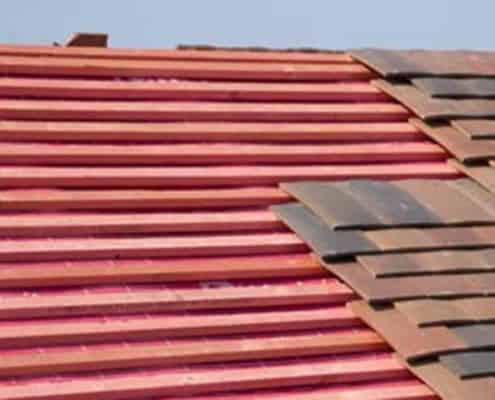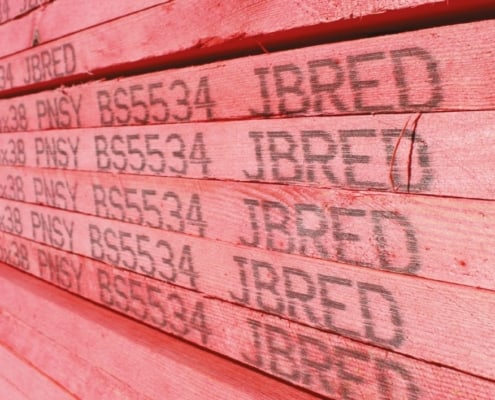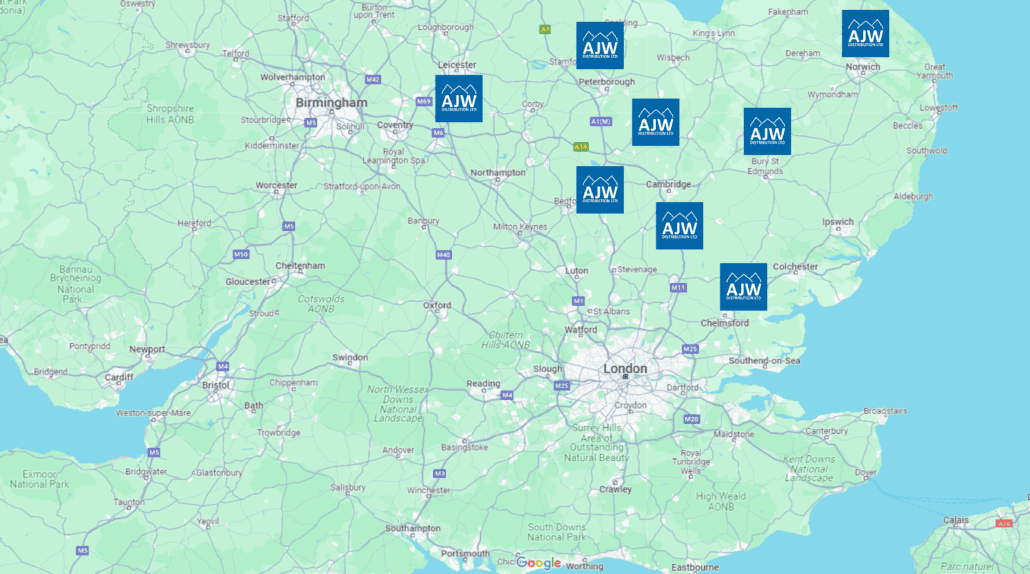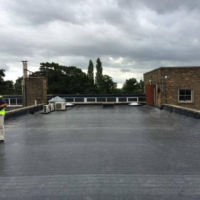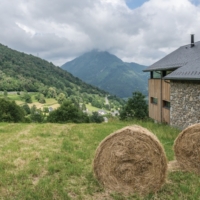Following concerns about inferior battens coming into the market, Stuart Nicholson, roof systems director for Marley, answers contractors’ questions about safety and roofing battens.
Roofing battens are not just small section timbers that are quickly covered over. In fact, they are one of the most important parts of a pitched roof structure, acting as a structural and load-bearing element. As well as supporting the dead weight of tiles and the imposed wind loads, BS 5534 graded roofing battens can also be used as a secure foothold during installation.
However, there are increasing concerns that due to the high demand for treated timber following lockdown, contractors could be paying for roofing battens that aren’t compliant or haven’t been through the right preservative treatment process. This means contractors could be inadvertently using inferior roofing battens, thinking they are fully BS 5534 compliant.
This poses significant health and safety risks. If a roofer was to step on a batten that didn’t have the required strength, it would only take a single batten failure to have serious consequences.
The best way for contractors to have peace of mind about safety, quality and BS 5534 compliance is to buy from a trusted batten brand or manufacturer, such as JB Red. Otherwise, they shouldn’t assume that just because they have ordered roofing battens, that they will be fully BS 5534 compliant. There are also some important visual checks they should be making on-site.
Here, in this article, I take a look at some of the most common questions about batten safety and give advice on how contractors can check their battens.
1. Can I stand on a roofing batten during installation?
BS 5534 graded roofing battens can be used as a secure foothold during roof installation. Providing a safe place of work for the slater or tiler, the battens are supported by the rafter or truss, but it’s still important contractors never deliberately walk on the battens mid-span between the trusses.
Any battens sold as roofing battens should be graded to the BS 5534 standard but unfortunately, this is not always the case. Unless you buy from a trusted manufacturer, it would be risky to assume that just because you buy roofing battens, that they are fully compliant and safe to stand on. There are also some key visual checks you should make yourself (see below).
2. How can I check that a roofing batten is safe to use?
When the battens are delivered to site, open the packaging, and carry out four simple visual checks yourself:
Grading stamp – Only battens that have been pre or factory graded to BS 5534 can be called roofing battens. Make sure there is an indelible stamp on the batten saying BS 5534.
Third-party accreditation – Look for an independent quality mark, our JB Red battens have a BBA stamp to demonstrate this.
Check for damage or defects – If you pick it up from one end, the batten should not snap, and it should also be straight (within the agreed BS 5534 limit of 5mm distortion). Some defects are allowed – for a full list, you can request your free battens pocket checklist by emailing, [email protected]. If there is a defect you are unsure of, contact the manufacturer.
Timber – The species of tree, from which the timber has come from, should be stamped on the batten. We only use slow-grown imported redwood or whitewood for our JB Red battens. Also, look out for an FSC or PEFC stamp to ensure sustainable sourcing.
3. My batten has a BS 5534 stamp, but it does have quite a few defects. Should I use it?
As a natural material, timber battens will obviously have varied characteristics, but BS 5534 is very strict about what is and isn’t allowed. Our machine grading process scans JB Red battens by the millimetre to make sure they meet the requirements of the standard.
If you ever have any doubts about defects, you should not use the batten and should contact the manufacturer before use. With battens, it is much better to be safe than sorry.
4. Are all coloured roofing battens fully compliant with BS 5534?
There is a misconception that colour is proof of compliance and effective preservative treatment but unfortunately this isn’t the case. The colour of our JB Red battens gives you, and building inspectors, peace of mind that you have used compliant batten. However, they also have all the correct stamps, third party accreditation and supporting documentation to back this up. You should never take the colour alone as proof of quality.
For ultimate peace of mind, JB Red battens can be purchased as part of a full Marley roof system, backed up with a free 15-year warranty.
Take a look at our JB Red roofing batten here.




